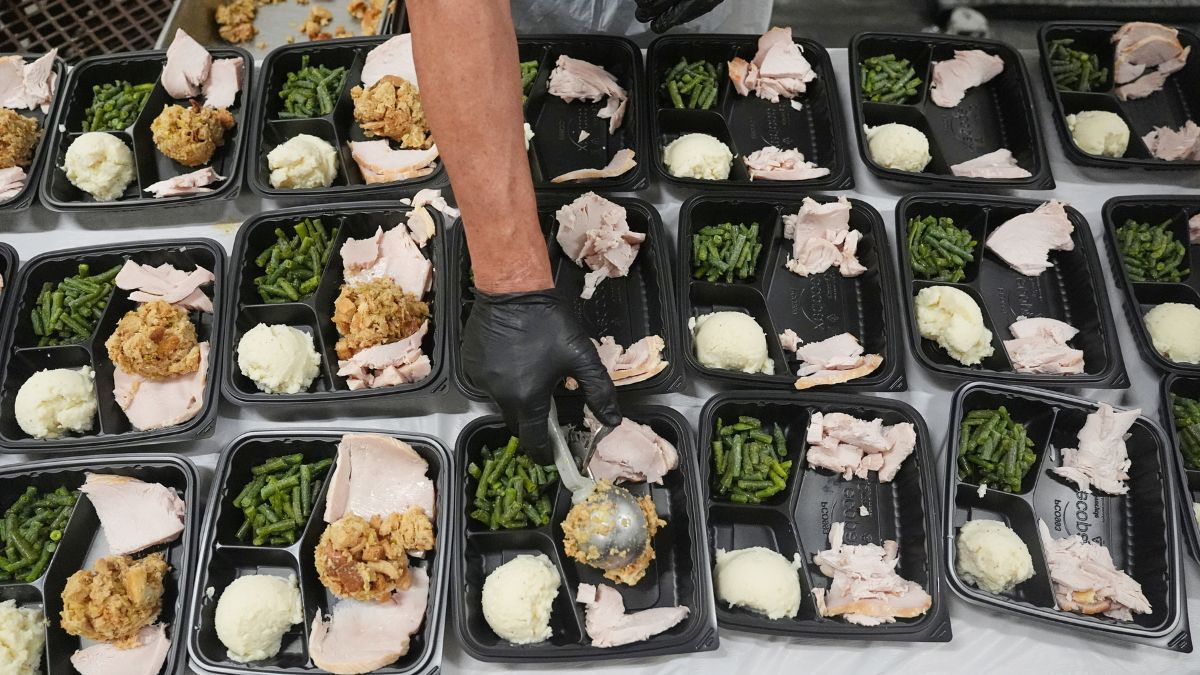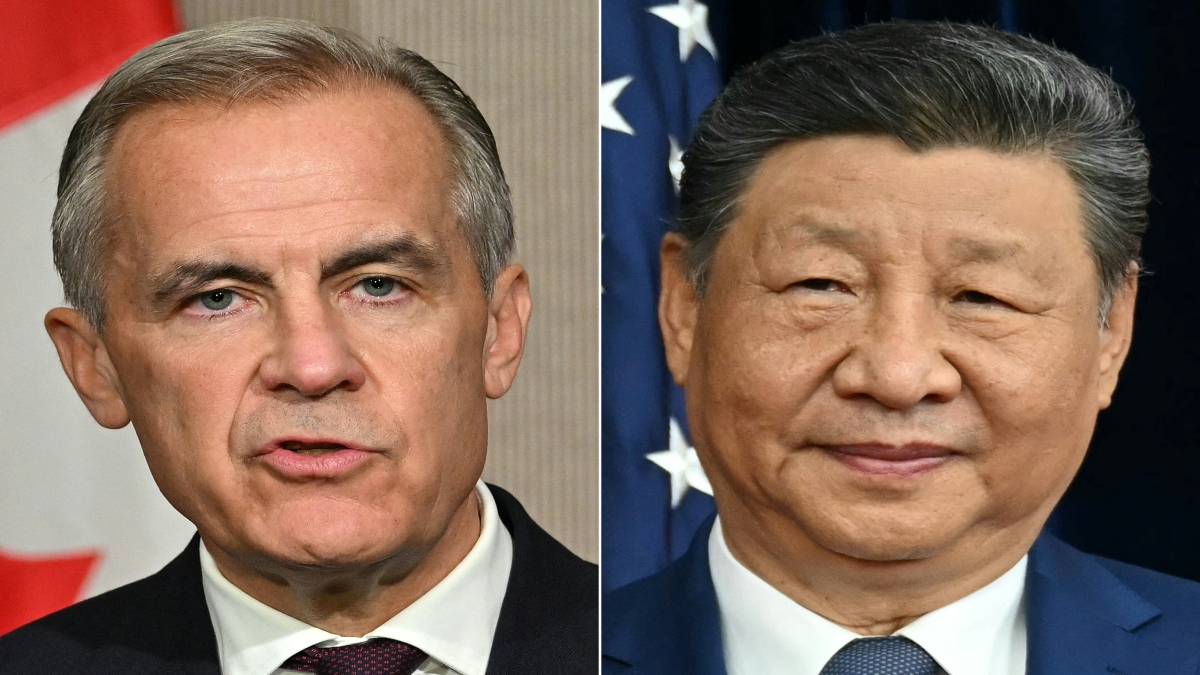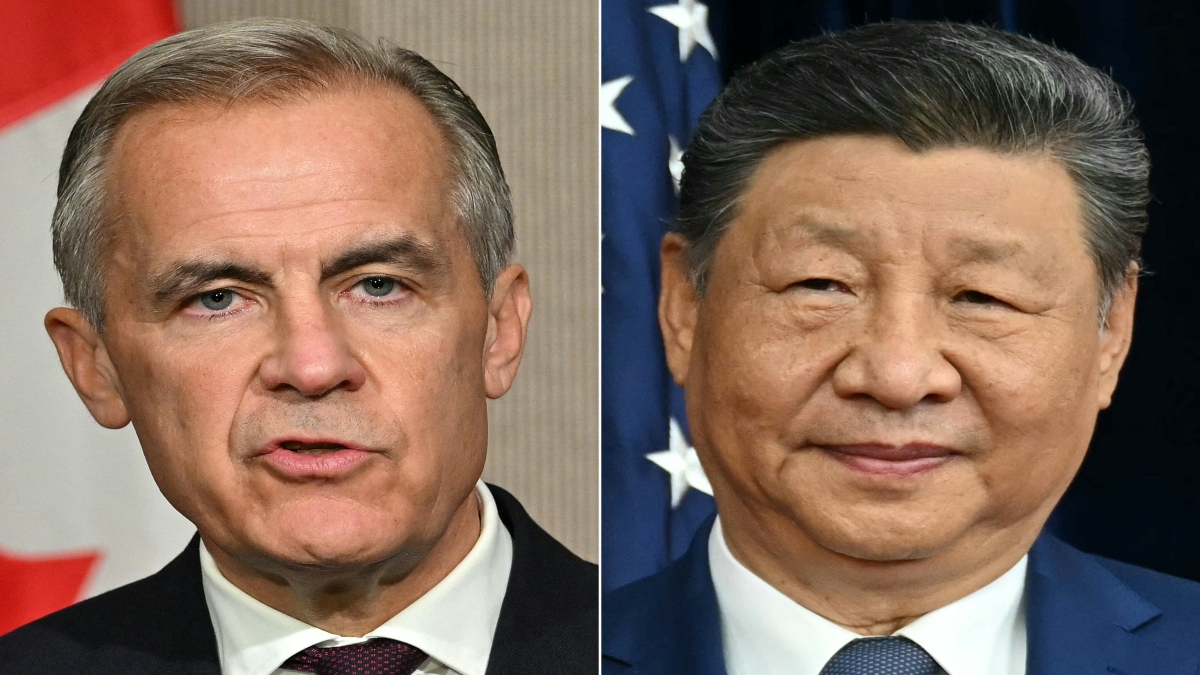Tensions are escalating across Washington as the US government shutdown drags into its fourth week, leaving the future of food aid for more than 40 million low-income Americans hanging in the balance. The Supplemental Nutrition Assistance Programme (SNAP), which provides grocery benefits to about one in eight Americans is set to lapse on Saturday, November 1, a potential first in the program’s 61-year history.
A nation on edge
The standoff has intensified divisions within both the Republican and Democratic parties as President Donald Trump’s administration maintains that it lacks the legal authority to keep the program running during the funding freeze. Meanwhile, Democrats in 25 states have sued the administration, arguing that billions of dollars in reserve funds should be released to sustain benefits while the political impasse continues.
USDA insists hands are tied
At the heart of the dispute lies the US Department of Agriculture’s (USDA) interpretation of its emergency funding authority. The agency has acknowledged that it holds between $5 billion and $6 billion in contingency funds, which could technically sustain SNAP for several weeks. However, in an internal memo, the USDA said deploying those funds during a government shutdown would be illegal, arguing that the reserve is meant solely for extraordinary situations such as natural disasters.
Democrats have rejected that stance, accusing the administration of weaponising bureaucratic constraints for political leverage. They claim that Congress intended contingency reserves to ensure food access for vulnerable Americans during precisely such crises.
“The government doesn’t get to play politics with hunger,” said one state official involved in the lawsuit, according to The New York Times. “This isn’t discretionary spending — it’s survival money for millions.”
Legal battle unfolds in Boston and Rhode Island
The legal battle over SNAP funding came to a head on Thursday in a Boston courtroom, where US District Judge Indira Talwani expressed skepticism about the administration’s argument that SNAP benefits must be halted. During the hearing, Talwani suggested that while the government can manage reduced resources, it cannot simply suspend critical aid programs.
Impact Shorts
More Shorts“If you don’t have money, you tighten your belt,” she told government lawyers. “You are not going to make everyone drop dead because it’s a political game someplace.”
Talwani indicated she was likely to order the government to allocate billions from emergency reserves to sustain food benefits, a move that could apply nationwide. Such a ruling would test the limits of federal injunctions, as the US Supreme Court has recently narrowed, but not banned, nationwide orders.
A second case, brought by a coalition of cities and non-profit organisations, is being heard by a Rhode Island-based federal judge. Both rulings are expected as soon as Friday, but any decision will almost certainly face appeal, further prolonging uncertainty for millions of SNAP recipients.
Political stalemate deepens
Efforts to secure temporary funding for SNAP have repeatedly failed in Congress. A proposal by House Democrats earlier this week to extend food aid during the shutdown was blocked by Republican lawmakers, who argued that authorising new spending without a broader funding deal would undermine fiscal discipline.
The deadlock has created discomfort within Trump’s own party. Some Republican governors and lawmakers from agricultural states where SNAP benefits circulate heavily through local economies have privately urged the White House to find a temporary fix. Meanwhile, progressive Democrats are under pressure from their constituencies to prevent a humanitarian fallout.
The USDA estimates that SNAP costs about $8 billion per month, meaning even if the reserve fund were released, it would only cover a fraction of the November allocation. Yet, for millions of low-income families, that fraction could be the difference between food security and hunger.
Ripple effects across states and food banks
As the legal and political wrangling continues, states and food banks are racing to fill the gap. Several state governments have announced stopgap funding measures, while local charities have reported surging demand. Food banks in cities like Chicago, Atlanta and Los Angeles have warned that donations and reserves will not be sufficient if SNAP is suspended for more than a week.
Even if the courts compel the administration to restore SNAP, logistical delays may leave many households waiting. Reloading benefits onto the electronic debit cards used by participants can take up to two weeks, raising fears of food shortages in early November.
“People will have to choose between buying groceries and paying rent,” said one advocate for food security in Massachusetts. “We’ve never seen anything like this in six decades of the program’s history.”
The human cost of political brinkmanship
The looming SNAP cutoff encapsulates the broader dysfunction of Washington’s political gridlock. What began as a standoff over budget priorities has evolved into a test of how far federal institutions can bend before citizens feel the consequences.
For millions of families, SNAP is not just a welfare program — it is a lifeline. To qualify, a family of four must earn less than $31,000 a year after deductions, according to 2025 guidelines. Nearly two-thirds of beneficiaries are families with children, highlighting the program’s role in preventing childhood hunger.
As the shutdown stretches into its fifth week, the stakes have shifted from politics to survival. Whether through judicial intervention or a last-minute compromise in Congress, the fate of America’s grocery safety net now hangs in the balance, a stark reminder that in Washington’s partisan wars, the most vulnerable often pay the price.
With inputs from agencies


)

)
)
)
)
)
)
)
)



